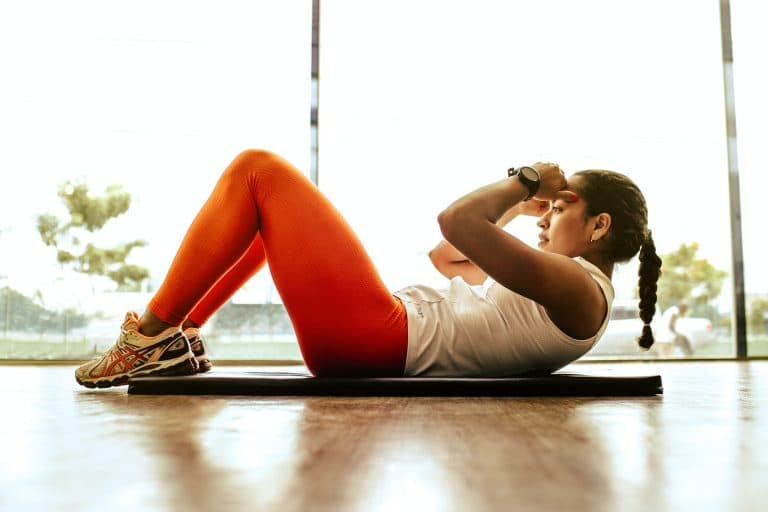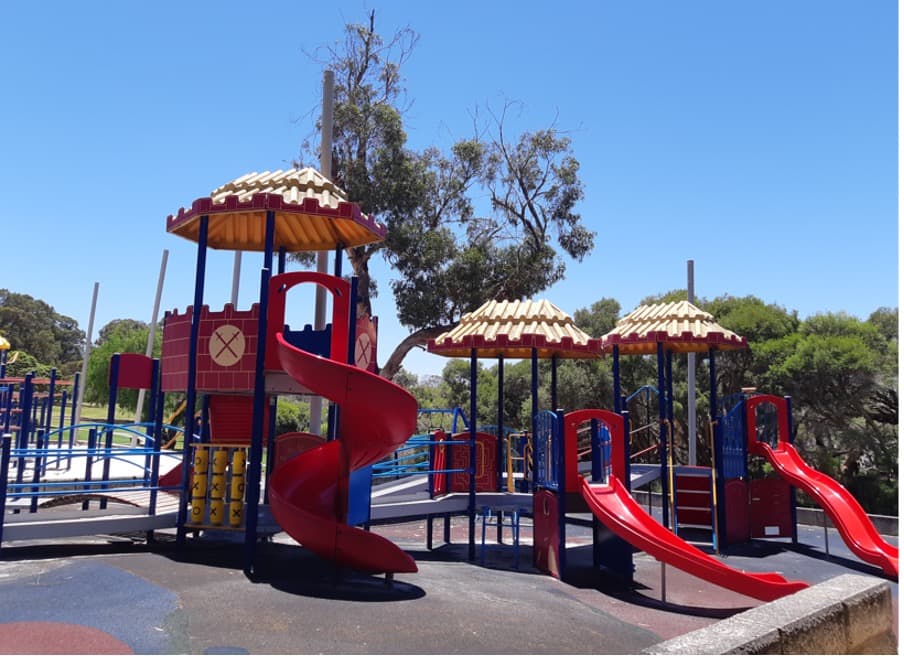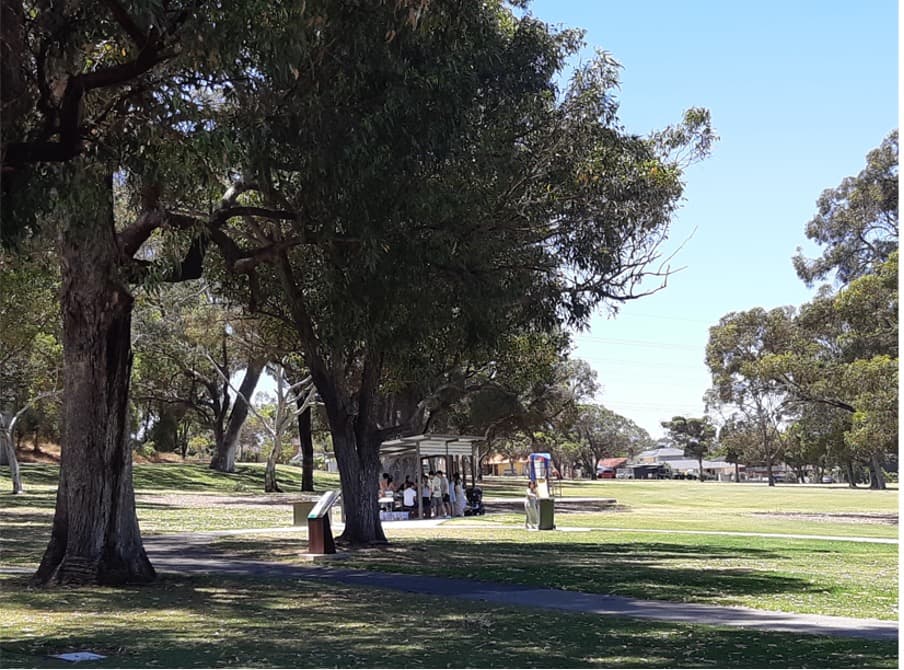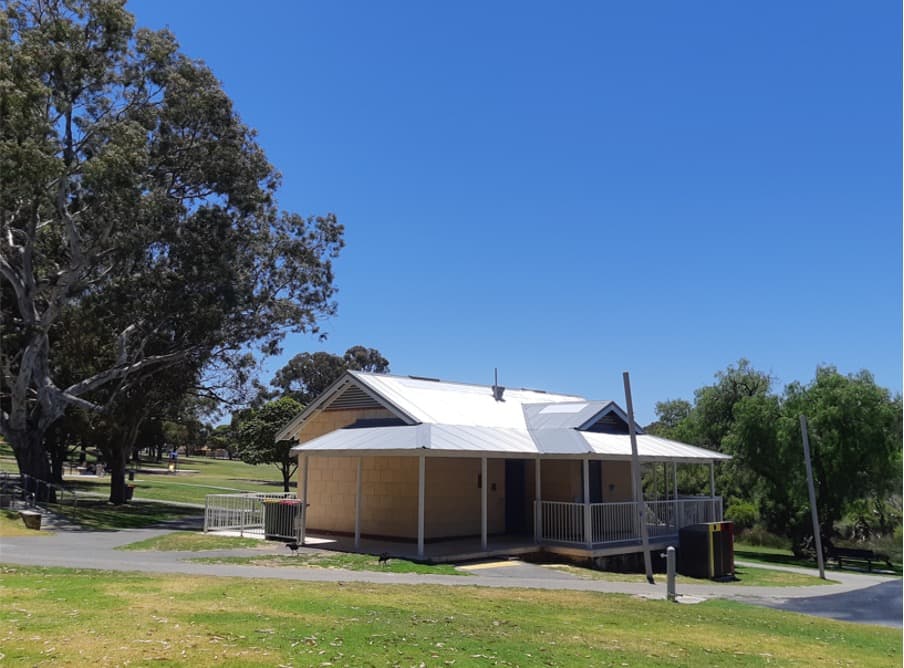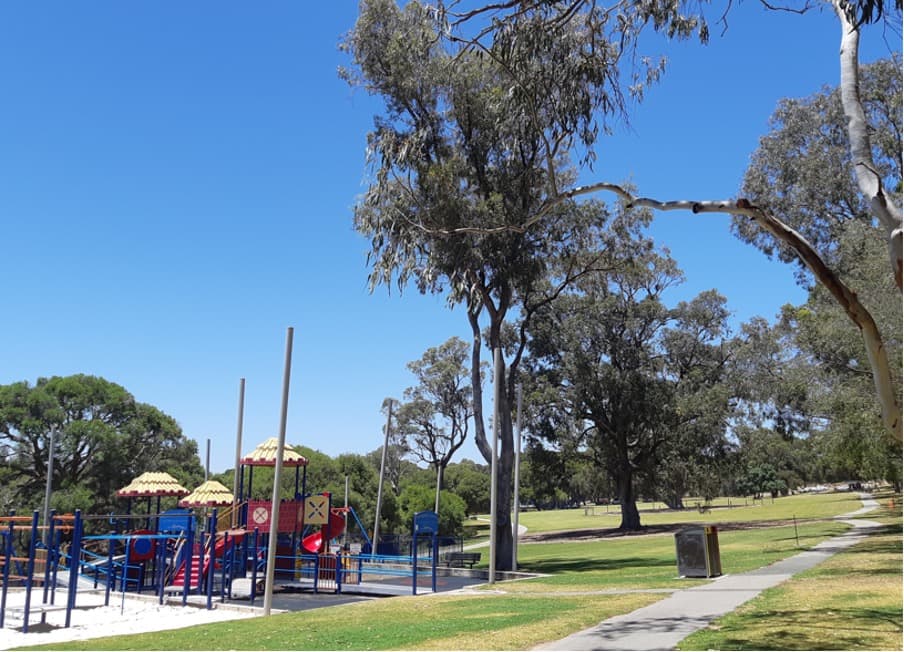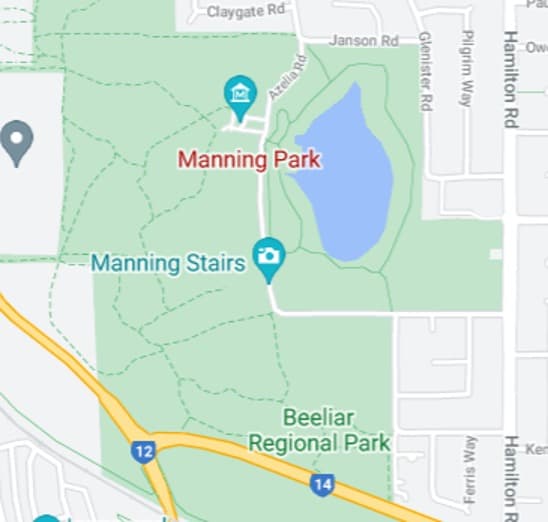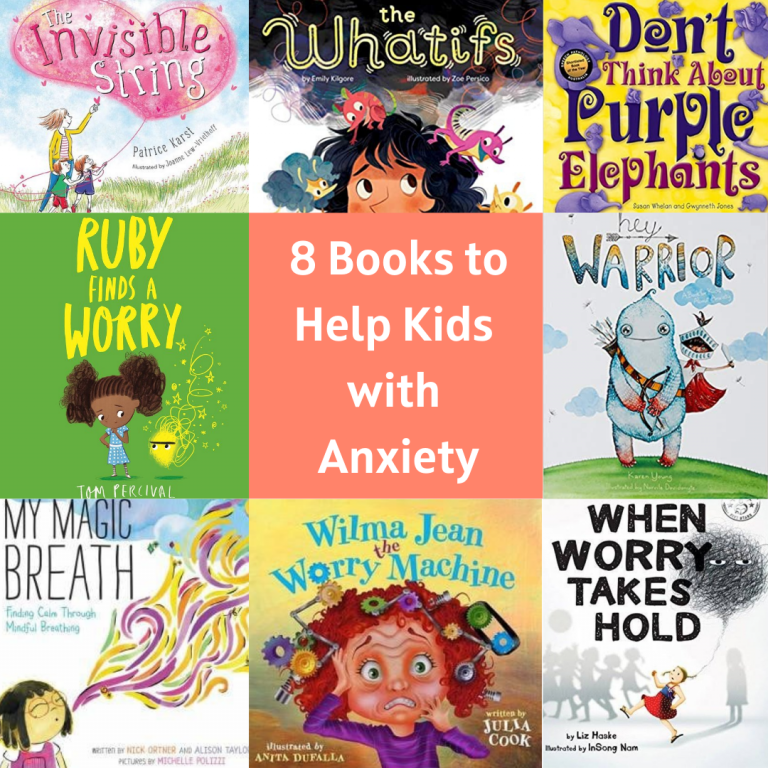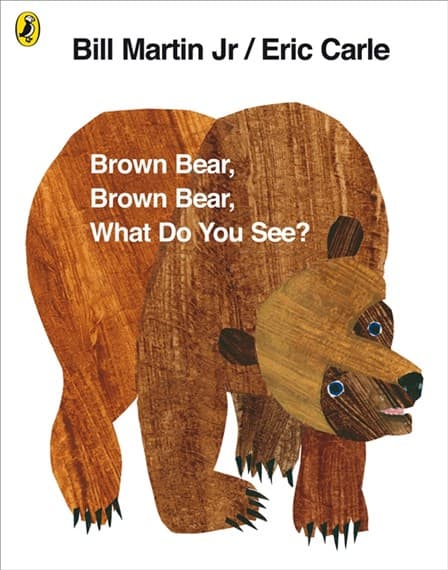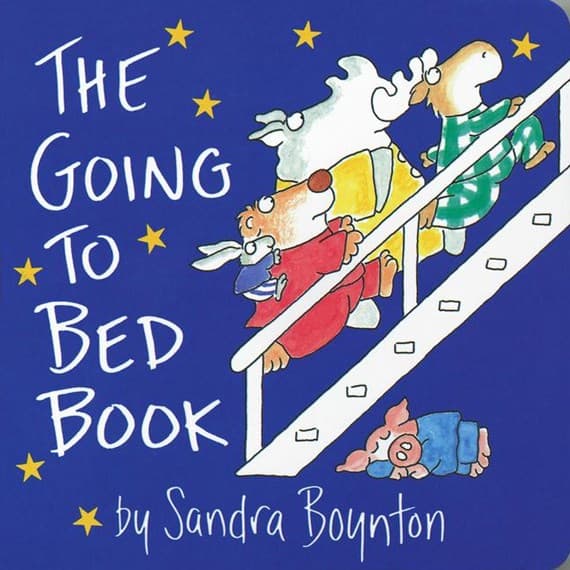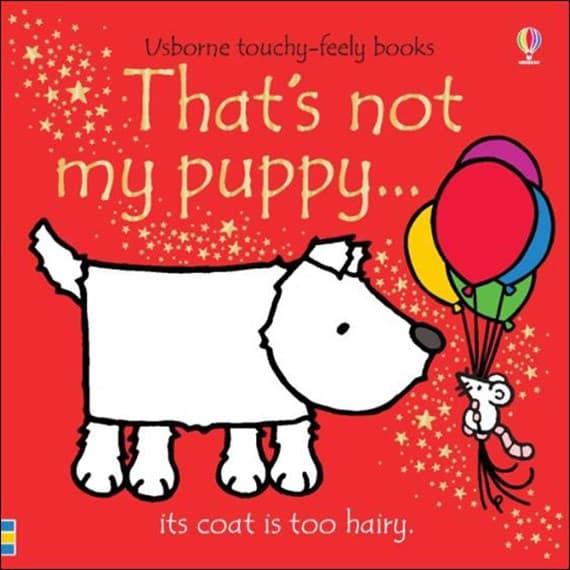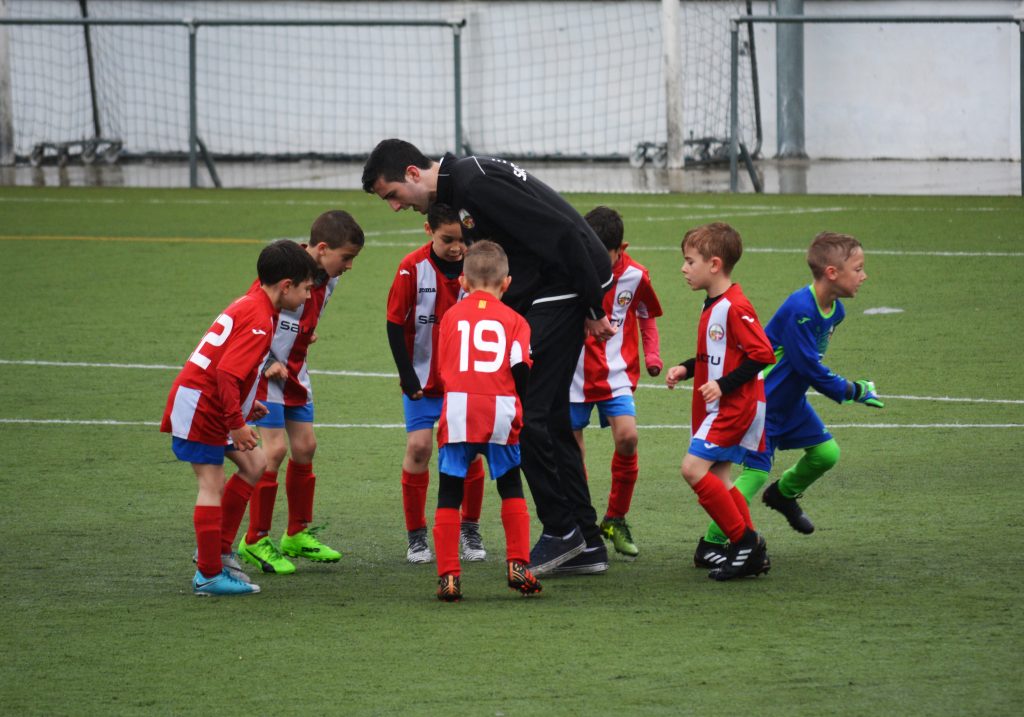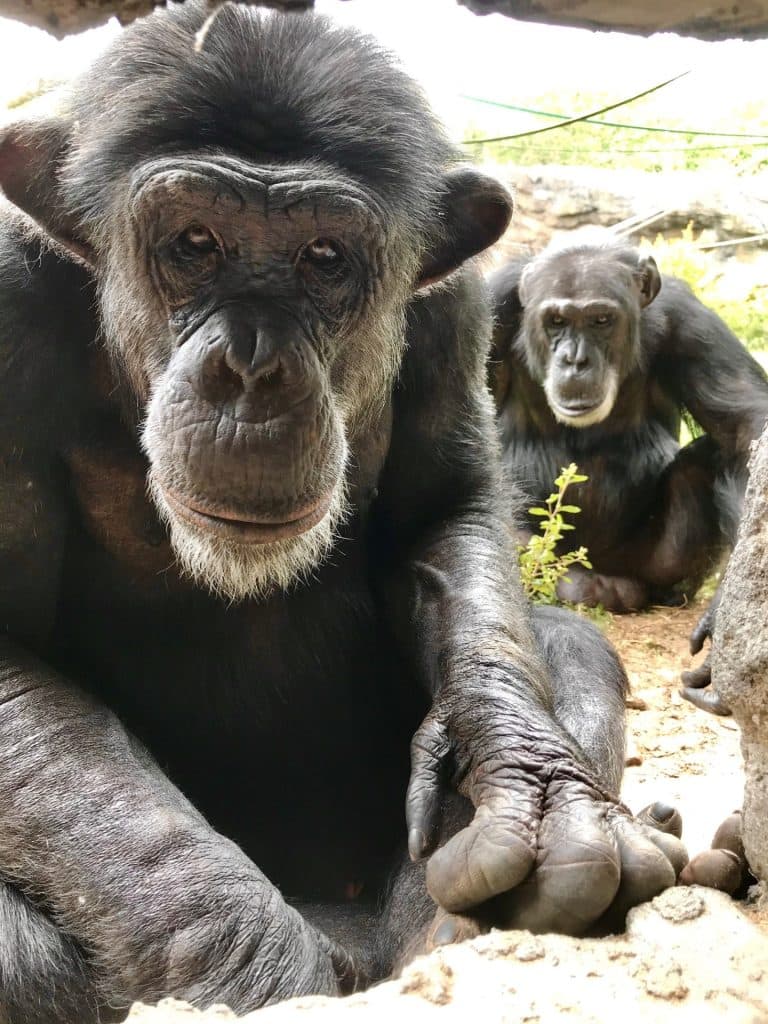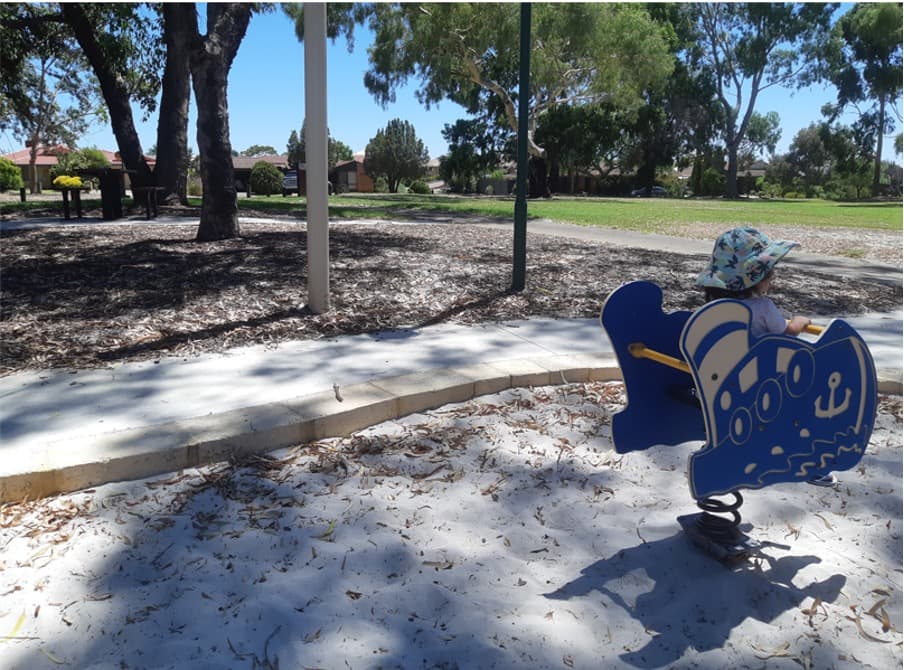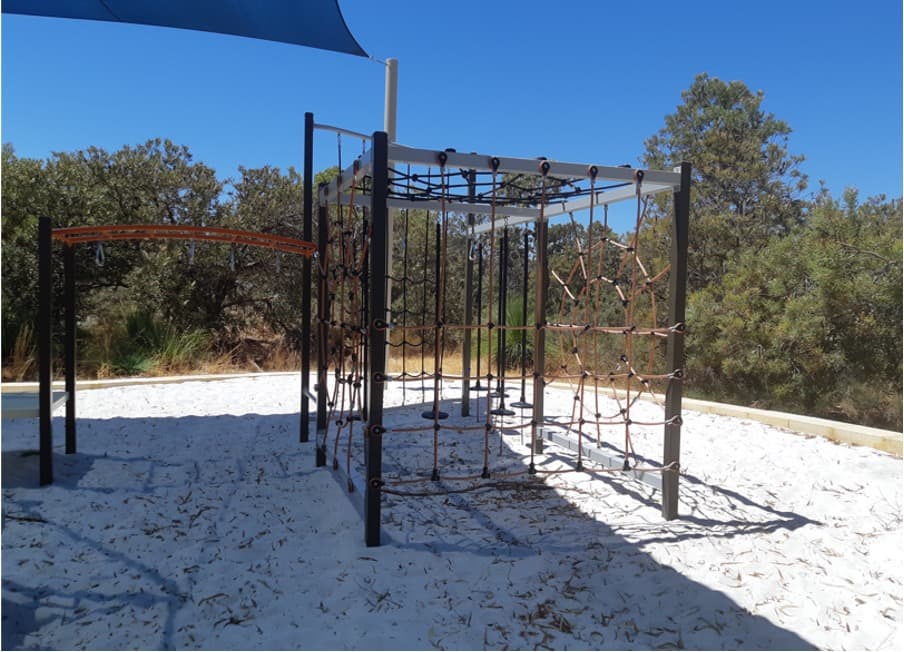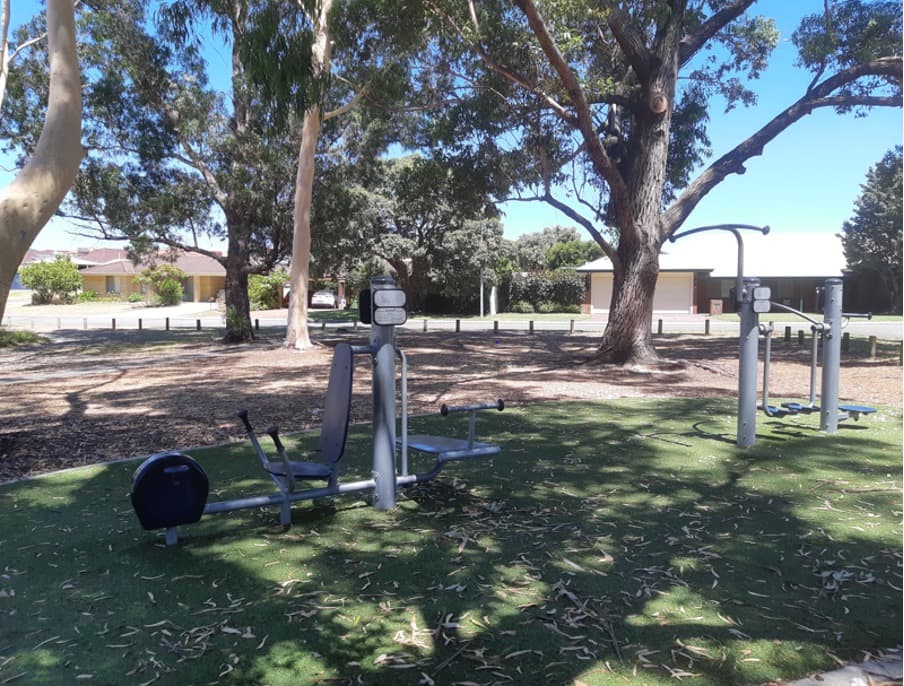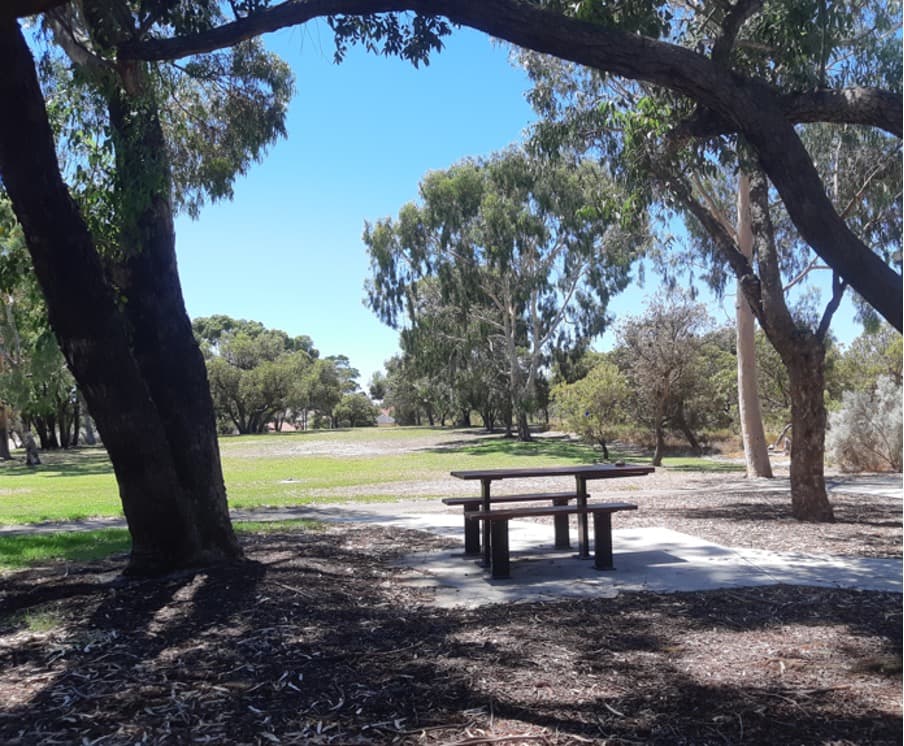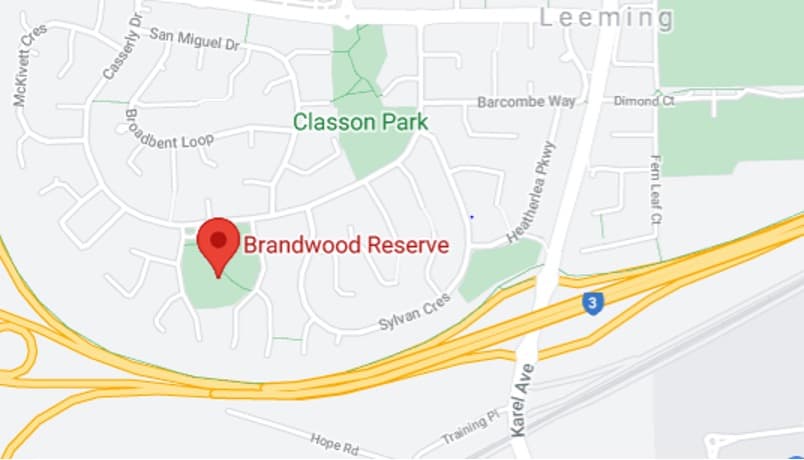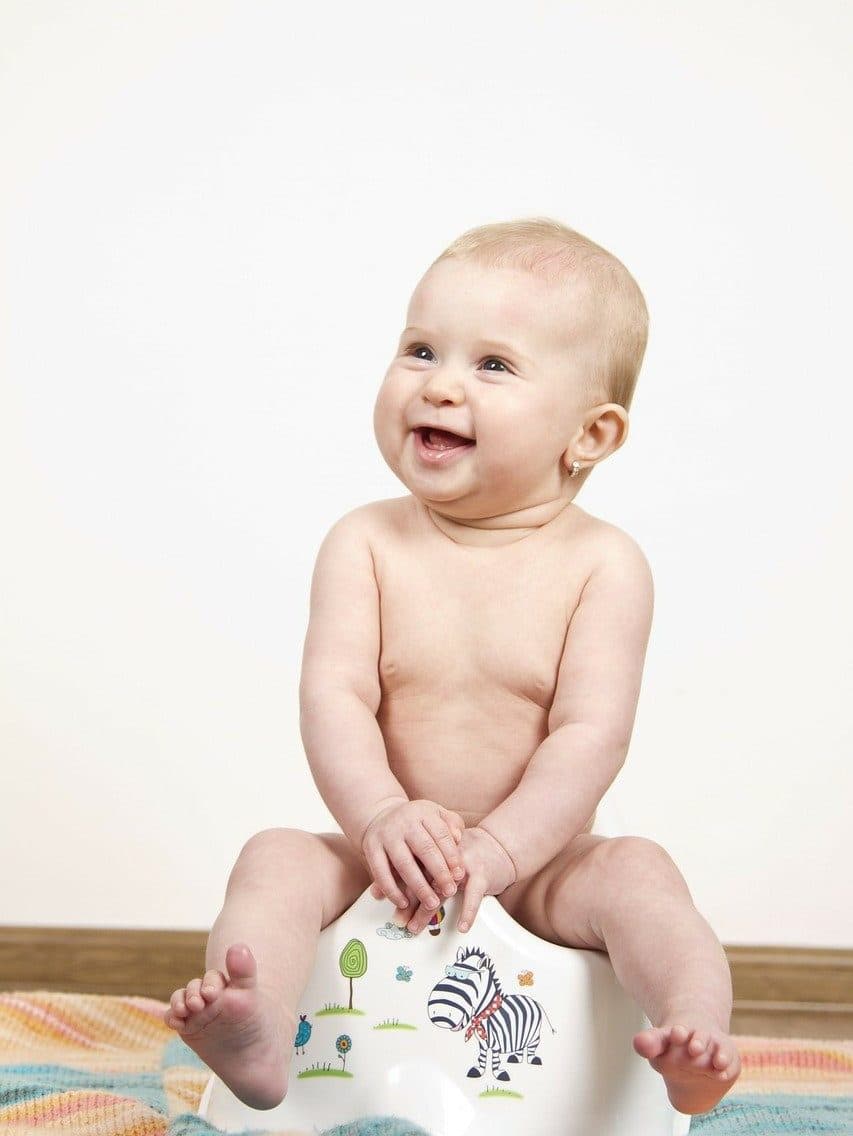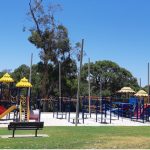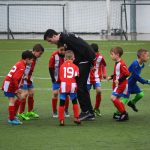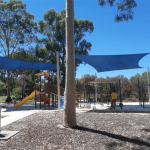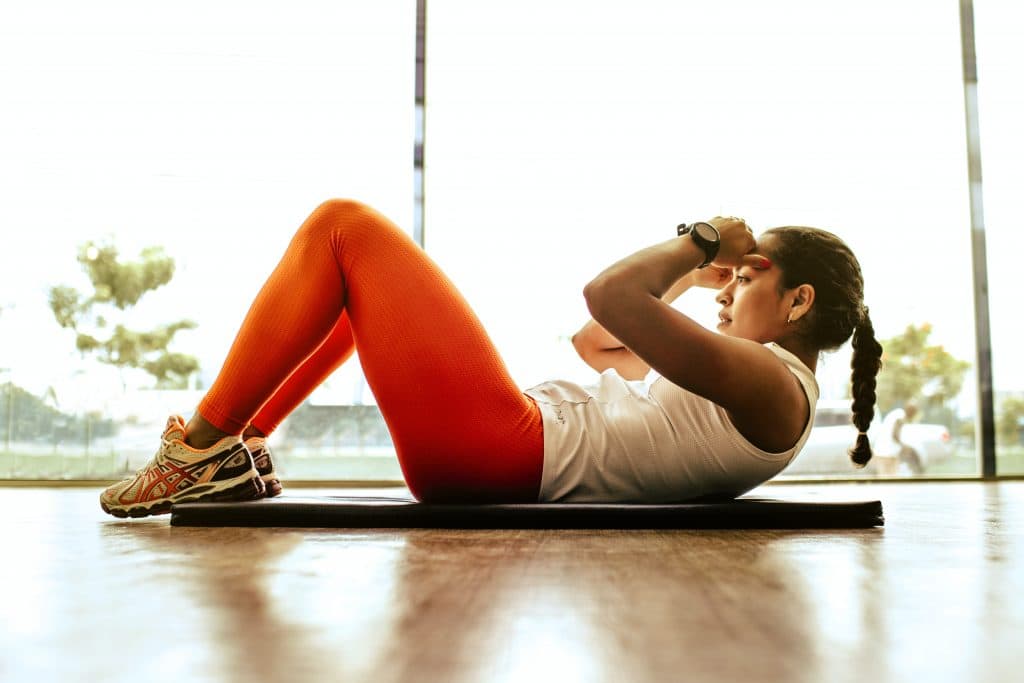
Keeping active and healthy is a priority for all of us, but sometimes fitting it in and finding the motivation can be a little hard. If you’re looking for fitness programs that you can do from the comfort of your own home, we’ve put together a list of some online fitness programs that might work for you. You can exercise at a time and pace that suits you. There’s an array of activities available, from cardio to yoga, so you are sure to find something that fits in with your idea of a home workout.
The Healthy Mummy
You can still meet your fitness goals with The Healthy Mummy – the workouts can be done whenever and wherever. The Healthy Mummy is designed to help busy mums take control over their health and weight loss goals. The highly rated app gives you access to over 500 exercise workout videos as well as family-friendly and budget-friendly recipes to help you along your fitness journey. The videos are guided programs with plenty of options including Boxing, HIIT, Tabata and Yoga. With options for all fitness levels, the videos range from 10 to 30 minutes in length.
Cost: Annual $99 (regular special offers available)
Free Trial: No
MyTXO
You can fit exercise into your busy lifestyle with the MyTXO full-body workouts that get you results in under 20 minutes, or you can try the 10-minute Express workouts. You can also keep your mind healthy with weekly meditations and mindful tips. Plus you will have access to delicious and dietitian-approved meal plans, with regular, vegetarian, budget and gluten-free options, there’s something for everybody.
Register online at MyTXO.
Cost: Annual $229, 3 months $99, Monthly $39
Free Trial: Yes (a 4 week free trial with a 12 month subscription)
Sweat by Kayla Itsines
The Sweat trainers will guide you on your fitness journey with structured programs and workouts that fit into your lifestyle. With Sweat you can schedule your workouts, get real-time reminders, track your steps and see your workout history each month. You can choose from high intensity workouts, weight training, resistance, pilates, barre and much more. You will also have access to hundreds of recipes & nutrition education.
Available from the Apple Store and Google Play.
Cost: Annual $119.94, Monthly $19.99
Free Trial: Yes
28 by Sam Wood
“28 minutes a day, all you need is your phone” – 28 by Sam Wood is a complete at home training, nutrition and mind program. Chose from a variety of workout options (HIIT, yoga and pilates) with 5 different fitness levels, as well as low impact, pregnancy and postnatal options. You can also enjoy some of the quick, simple, budget friendly meals, with over 3000 recipes, which are scientifically designed to improve your metabolism and turn you into a fat-burning machine!
Register online at 28 by Sam Wood
Cost: Quarterly $147, Monthly $59
Free Trial: No
Les Mills on Demand
Discover your at home workout with Les Mills. Choose from cardio, HIIT and strength training through to dance workouts and flexibility. You will find workouts for all levels and goals. You can set up beginner to advanced, 3 – 12 week workout plans to help you achieve your goals. There is also a great selection of fitness options for children!
Cost: Annual $224, 3 Monthly $63, Monthly $24.99
Free Trial: Yes
Body by Finch
Choose from the signature HIIT circuits, yoga and Pilates inspired sessions and cardio options to give you a total body workout. There are hundreds of different workouts to improve flexibility, endurance, strength and posture. Available in beginner, intermediate and advanced levels, you will find options to suit all abilities and fitness goals. With a selection of quick, fresh, family friendly recipes, you can add healthy eating to your long term plan. You can enjoy weekly meditation and mindfulness sessions will help you reduce stress and anxiety and improve self-confidence.
Available from the Apple Store and Google Play.
Cost: Annual $179.88, 3 Months $59.97, Monthly $24.95
Free Trial: No
12WBT
12WBT with Michelle Bridges is an online health & fitness program that has been running for 10 years. You can choose a 12 week program or a membership to suit your lifestyle. 12WBT is simple and convenient, just what you want from a home workout. There are so many programs to choose from to suit your needs, whether it’s weight loss, stength training, pregnancy or post partum. Your tailored 12 week program will help you keep on track with your fitness goals. You will also receive a customisable 12 week Meal Plan to make your journey that little bit easier. Mindset coaching videos will be available for you to access to keep yourself motivated.
Available from the Apple Store and Google Play.
Cost: 12 week plan $159 or $19.99 weekly, Lifestyle $9.99 weekly
Free Trial: Yes
Barre Body
If Barre is your thing, then you might want to try Barre Body online, you’ll increase your strength and endurance, flexibility and cardiovascular fitness. With the option to join a live streamed class or on demand when you can, you will find a class that fits. Barre Body On Demand offers class styles and lengths to suit your mood and energy level, or with Barre Body Programs you can find a program that will help you reach your fitness goals.
They also offer Pilates, yoga, cardio, reformer and pre/post natal.
Available from the Apple Store and Google Play.
Cost: Annual $360, 3 Months $105, Monthly $40
Free Trial: Yes
Peaches Pilates
Peaches welcomes all fitness levels and all body types. From the comfort of your own home you can enjoy a total body workout. They also have specialised Pilates classes for prenatal and postnatal women. If you are new to Pilates you can try the Pilates 101 series and the Beginner Peach online classes, otherwise if you have some experience in the world of Pilates then you can join one of their challenges. There’s also a great selection of healthy recipes to keep you on track.
Available from the Apple Store and Google Play.
Cost: Annual $119.99, Monthly $19.99
Free Trial: Yes
The Upbeat
The Upbeat is a selection of beat based workouts to develop the body of a dancer. This is great at home workout where you can listen to the music, let go of yourself and have fun whilst working out. A dance inspired workout might be just what you need! You can watch on demand or join in on the live stream sessions. Choose from 15 min, 30 min and 45 min workouts. No dancing experience required and all fitness levels welcome.
Available from the Apple Store and Google Play.
Cost: Annual $159.99, 6 Months $89, 3 Months $49, Weekly $4.99
Free Trial: Yes
For even more health and fitness inspo, check out our blog section with local gyms & fitness centres with creche facilities, beginner’s guide to meditation, local swimming pools, plus much more!

